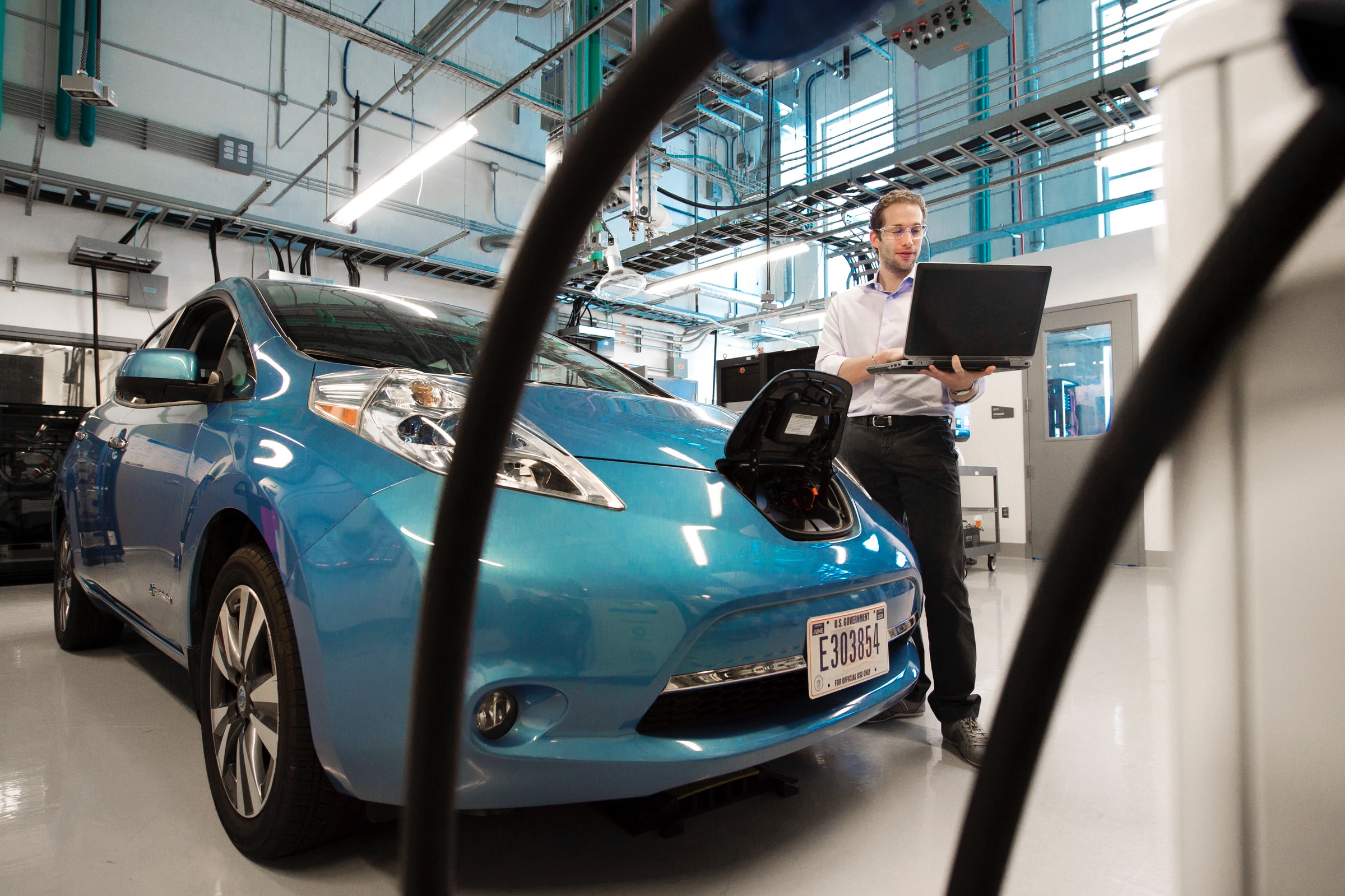As reducing greenhouse gas emissions becomes a more urgent matter, the Administration has announced a series of new actions as part of its Build Back Better agenda and the Bipartisan Infrastructure Deal.
The President signed an executive order setting a goal that half of all new cars sold in the U.S. by 2030 be zero-emissions vehicles. This includes battery-electric, plug-in hybrid electric, and fuel cell electric vehicles.

In addition, the U.S. is also going to start developing long-term fuel efficiency and emissions standards.
While the target is not legally binding, the three largest automakers in the U.S., General Motors, Ford, and Chrysler parent Stellantis, expressed their support for the goal.
“Today,
Ford, GM, and Stellantis announce their shared aspiration to achieve sales of 40-50 percent of annual U.S. volumes of electric vehicles
(battery electric, fuel cell, and plug-in hybrid vehicles) by 2030 in order to move the nation closer to a zero-emissions future consistent with Paris climate goals,” they said in a joint statement.
“Our recent product, technology, and investment announcements highlight our collective commitment to be leaders in the U.S. transition to electric vehicles.”
However, the automakers also stressed that the transition requires a dramatic shift from today’s market. This would include the Administration’s timely implementation of policies to provide purchase incentives, develop a wide EV charging network, R&D investments, as well as incentives for EV manufacturing and supply chains in the U.S to reduce dependency on countries like China.

European and Japanese automakers such as Honda, BMW, Volvo, and Volkswagen also applauded the initiative. The move is also supported by one of the largest unions, United Auto Workers (UAW).
According to the Center for Climate and Energy Solutions (C2ES), transportation accounted for 29 percent of U.S. greenhouse gas emissions in 2019, being the number one polluter. Electric power and industry came in second and third, with a 25 percent and 23 percent contribution.
Meanwhile, sales and usage of EVs in the U.S. are growing more slowly than in Europe or China, according to a recent Pew Research Center survey. Only 7 percent of U.S. adults said they currently own an electric or hybrid vehicle, while 39 percent would consider buying one next time they’re looking for a new car.
Nearly $1.8 million EVs were registered in the U.S. in 2020, according to the International Energy Agency (IEA), and the U.S. alone represents about 17 percent of the world’s total stock of 10.2 million EVs. Now, before these proposals take place, China accounts for 44 percent of all EVs globally.
Biden’s plan aims to change this by accounting for a $174 billion government investment for EVs and consumer incentives, and the bipartisan infrastructure deal would provide $7.5 billion for EV charging stations.
“Strong vehicle standards protect our communities from unnecessary air pollution and fuel costs, and address the largest source of greenhouse gas emissions in the U.S.,” said Julie Cerqueira, executive director at the U.S. Climate Alliance, a bipartisan coalition of more than 20 U.S. state governors committing to achieve the Paris Agreement’s temperature increase goals. “There’s much more work to do, but these new proposed rules are a critical step forward and will benefit our health, economy, and planet.”





